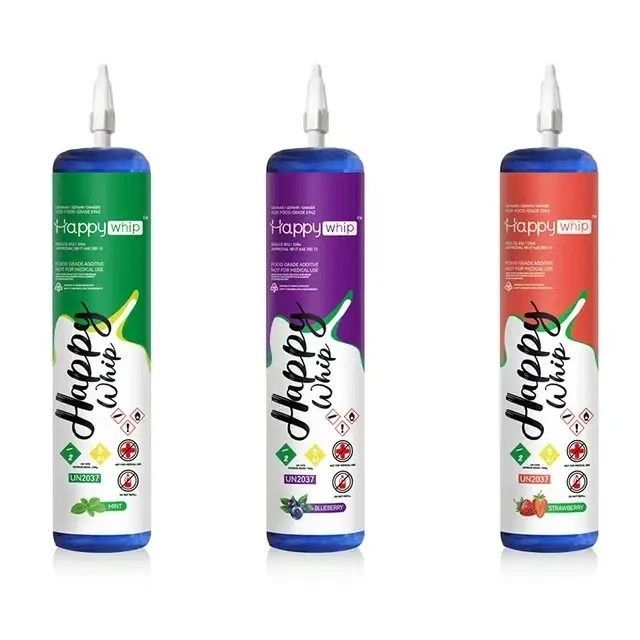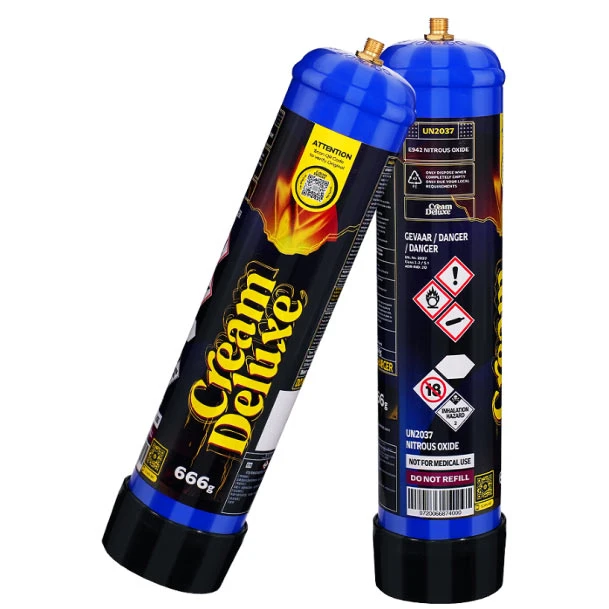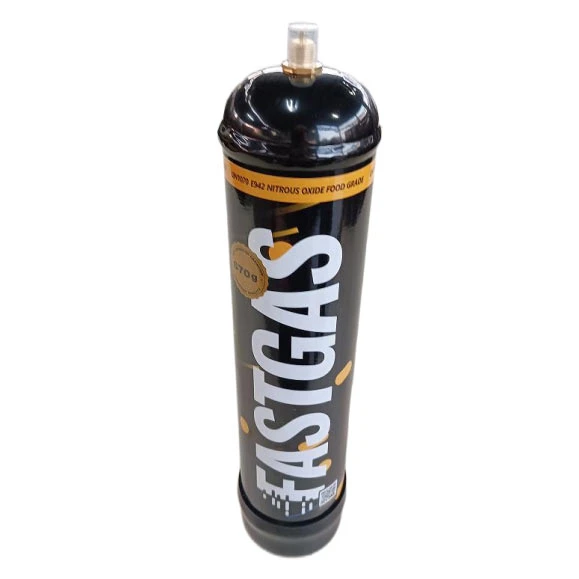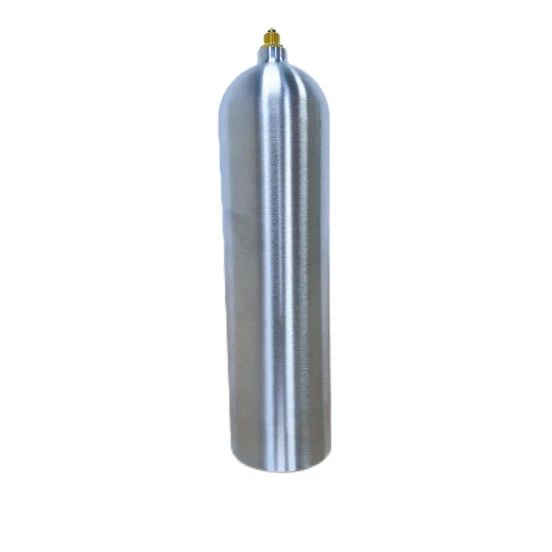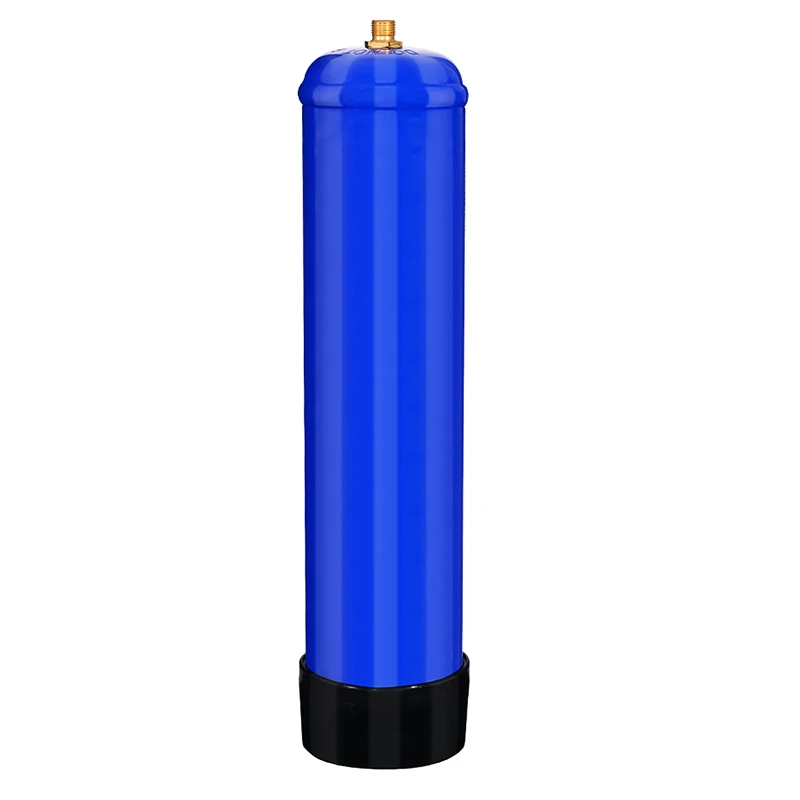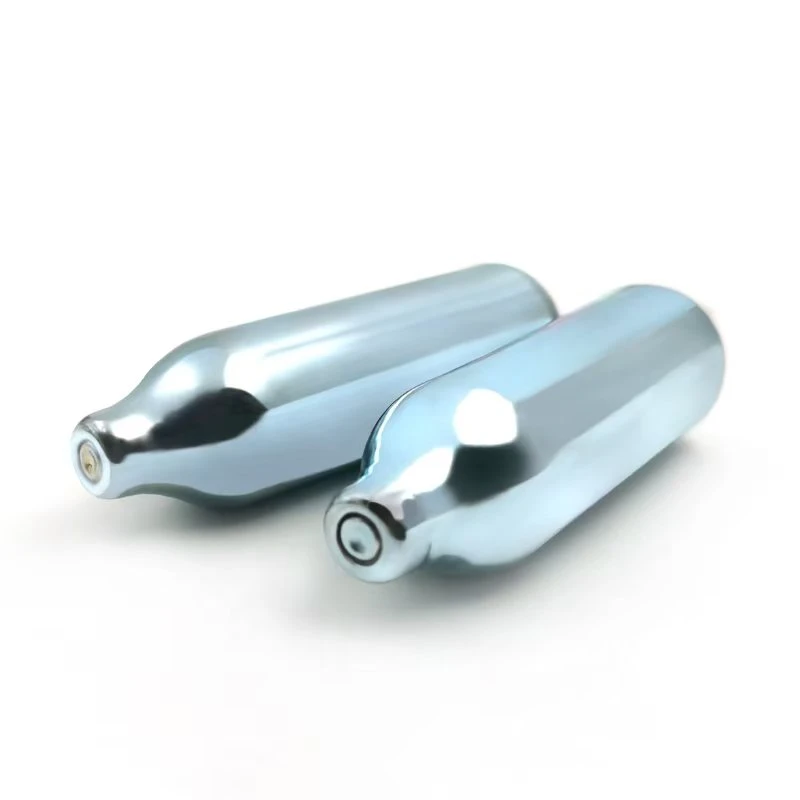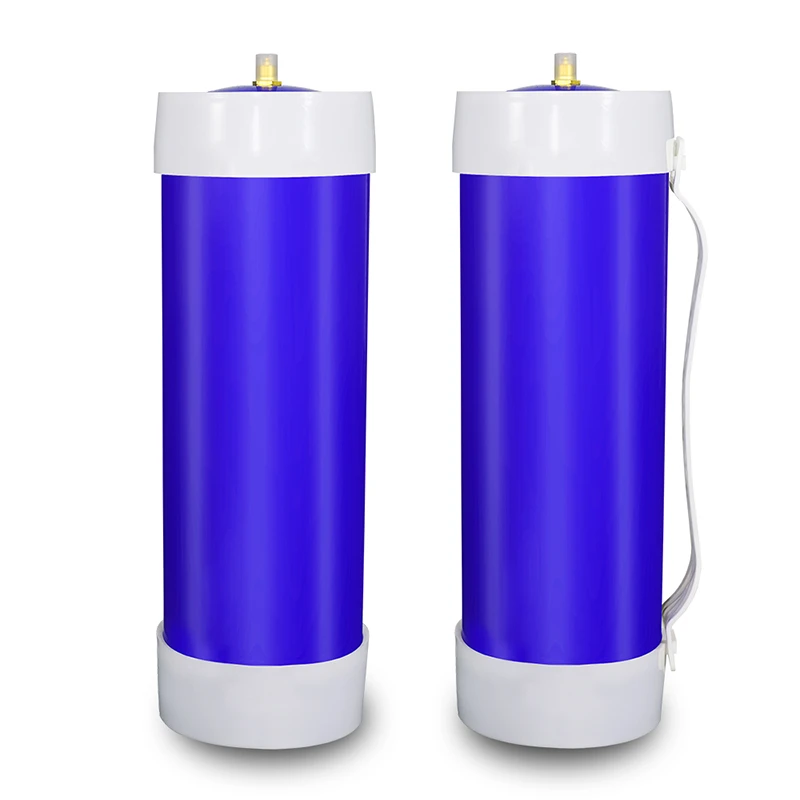
The Ultimate Guide to Buying a Scuba Diving Tank: What You Need to Know
Scuba diving opens up a whole new world beneath the surface—one of breathtaking beauty, calm, and adventure. At the heart of this experience is a crucial piece of equipment: the tanky antsitrika. Whether you're a seasoned diver or just getting started, choosing the right tank can make a big difference in your underwater experience.
If you're searching for kamiao scuba amidy, it’s important to know what to look for, what the differences are, and how to care for your gear. This guide will walk you through everything you need to consider before you buy a scuba tank.
What Is a Scuba Diving Tank?
A tanky antsitrika, also known simply as a scuba cylinder, is a high-pressure container that holds compressed air or breathing gas. It allows divers to breathe underwater by connecting the tank to a regulator, which delivers the air at the right pressure.
Most scuba tanks are made of aluminum or steel, and they vary in capacity, weight, and intended use. Choosing the right one depends on your dive style, body size, dive duration, and budget.
Why Buy Your Own Scuba Tank?
Renting tanks is common for casual divers, but if you dive regularly, it might be time to buy a scuba tank. Here’s why:
Convenience: You always have a tank available, especially for spontaneous or local dives.
Customization: You can choose the exact size, material, and valve type you prefer.
Cost Savings: Over time, owning a tank can be more economical than renting.
Maintenance Control: You know how your tank has been treated and maintained.
Training Dives: If you’re pursuing certifications or becoming a professional, your own gear is essential.
With plenty of kamiao scuba amidy both online and in dive shops, now is a great time to invest in your own gear.
Key Features to Consider When You Buy a Scuba Tank
Before you buy a scuba tank, it’s important to evaluate the features that affect safety, comfort, and performance. Here are the most critical factors:
1. Material: Steel vs. Aluminum
Steel Tanks: Heavier and more compact, steel tanks offer better buoyancy characteristics (less positive at the end of the dive). They’re more durable but prone to rust if not cared for properly.
Aluminum Tanks: Lighter on land but more buoyant in water, requiring more weight during dives. Often more affordable and resistant to corrosion.
2. Tank Size (Volume)
Tank sizes are usually measured in liters (outside the US) or cubic feet (in the US). Common sizes include:
80 cu ft (11.1L): The most popular choice for recreational divers.
63 cu ft (8.9L): Lighter, great for smaller divers or shorter dives.
100–120 cu ft: Suitable for deep or extended dives.
3. Working Pressure
Scuba tanks are rated by pressure, which affects how much gas they can hold:
Low Pressure (LP): Around 2400–2640 psi (165–182 bar)
High Pressure (HP): Around 3000–3500 psi (207–241 bar)
High-pressure tanks are more compact but require special regulators and filling stations.
4. Valve Type
DIN Valves: Used mainly in Europe; more secure and suited for higher pressures.
Yoke Valves (A-Clamp): Common in North America; easier to attach but lower pressure rating.
Some tanks are convertible between DIN and yoke.
5. Buoyancy Characteristics
Steel tanks tend to be slightly negative or neutral even when empty, while aluminum tanks become positively buoyant near the end of the dive, affecting your weighting.
Maintenance and Safety Tips
A scuba tank is a life-support device, so maintenance is non-negotiable. Here's how to take care of it:
Hydrostatic Testing: Required every 5 years (in many countries). Confirms the tank can handle high pressure.
Visual Inspections: Usually annual; checks for internal corrosion and valve integrity.
Rinse After Use: Especially after saltwater dives. Always rinse with fresh water and store dry.
Valve Maintenance: Periodically lubricate and check for leaks or wear.
Never store a tank completely empty—it should always have a small amount of pressure inside to prevent moisture intrusion.
Tips Before You Buy a Scuba Tank
Check Local Dive Shops for Refill Options: Some fill stations only accept tanks they sell or certify.
Match Tank Specs with Your Dive Goals: Deep technical diving? Long recreational dives? Choose accordingly.
Consider a Tank Package: Some suppliers offer bundles with tank, valve, boot, and accessories at a discount.
Keep Certification Records Handy: For fills and travel, you’ll need proof of hydro and VIP (Visual Inspection Program) status.
Scuba Tank FAQs
Q1: What is the best scuba tank for beginners?
A: An aluminum 80 cu ft tank is ideal for beginners—it’s widely available, affordable, and easy to handle.
Q2: How long can I stay underwater with one scuba tank?
A: It depends on depth, tank size, and your air consumption. On average, an 80 cu ft tank lasts 30–60 minutes at recreational depths (15–30 meters).
Q3: Is it safe to buy a used scuba tank?
A: Yes, but only if it has a recent hydrostatic test and visual inspection. Check the valve condition and ask for proof of maintenance.
Q4: Can I fly with a scuba diving tank?
A: You can check a tank as luggage, but it must be empty and the valve must be removed (TSA requirement). Always notify your airline in advance.
Q5: Should I buy a high-pressure or low-pressure tank?
A: For recreational divers, standard (LP) tanks are usually sufficient. HP tanks offer more gas in a smaller package but require compatible gear.
-
Your Complete Guide to Gas CylindersNEWSMay.19,2025
-
Understanding Ethylene Gas Cylinders: Uses, Types, and PricingNEWSMay.19,2025
-
The Complete Guide to Gas Bottles: Types, Providers, and How to Save MoneyNEWSMay.19,2025
-
Choosing the Right Gas Bottle: Types, Prices, and Where to BuyNEWSMay.19,2025
-
Choosing the Right Diving Oxygen Cylinder: A Practical Guide for DiversNEWSMay.19,2025
-
How to Keep Your Cream Chargers in Top ConditionNEWSMay.05,2025
-
Environmental Impact and Sustainable SolutionsNEWSApr.30,2025
mifandraika Products

